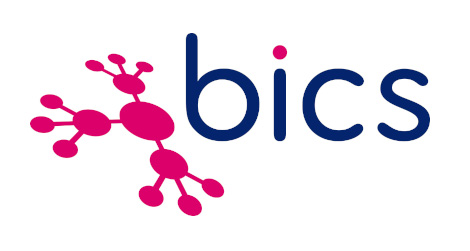Mobile operators – especially the visited operator that provides network access to inbound roamers – are struggling to monetise inbound M2M/IoT connections because of a lack of transparency, the limitations imposed by commercial agreements and the complexity that surrounds access control for roaming machines. Without transparency and control, operators are faced with competing on connectivity alone, with the inevitable result of price commoditisation and decline in market share.
So, what can be done to monetise inbound connections more effectively?
It’s important to understand that the composition of roaming subscriptions has changed, and will continue to do so due to the ever-increasing number and variety of roaming things. It is no longer reasonable to assume that all roamers are human and can be segmented along traditional lines such as silent versus active, business versus casual and high versus low usage.
Today, the fundamental segmentation between human type communication (HTC) and machine type communication (MTC) in roaming is crucial. The communication types display very different usage and behaviour characteristics in some scenarios, yet very similar characteristics in others.
How do you segment, target and grow roaming revenues, if you can’t tell the humans from the machines?
As a second step – once the issue of transparency has been addressed – it is critical that, for MTC roaming scenarios, mobile operators are able to collect the traffic towards their network through a secure and dedicated gateway, allowing the operator to also collect M2M traffic.
Step one focuses on transparency, step two looks at maintaining control.
There are already a number of solutions available on the market that are attempting to address the transparency challenge. The vast majority of which rely heavily on transferred account procedures (TAP) or near real-time roaming data exchange (NRTRDE), accounting data and/or international mobile equipment identity (IMEI) device data. This approach applies a set of business rules based on usage patterns or device signatures to classify a roamer as human or machine.
This method of classification for MTC and HTC is no longer appropriate. Firstly, it requires access to data clearing house (DCH) records such as TAP or NRTRDE feeds. Not all roamers generate TAP/NRTRDE records, if there is no usage, then there are no usage records. Don’t forget that for most operators, a significant percentage of roamers are silent and display no usage at all.
Another issue is that IMEI data – the device data – is not readily available for all roamers. The majority of Signalling System 7 (SS7) transactions, for example, do not have IMEI as a mandatory or optional parameter, meaning roamers who only generate SS7 traffic will not be providing IMEI information. Diameter signalling (s6a) and GPRS Tunnelling Protocol (GTP) normally provide the IMEI parameter and device information, but this is only true for 60% of roamers, as the remaining 40% solely generate SS7 traffic while roaming. This means that in a best-case scenario, using DCH and IMEI data to identify which roamers are human versus machines would only cover approximately 60% of your overall roamers, meaning the other 40% remain unknown.
Finally, to add further complexity, there are machines that behave like humans and humans that behave like machines from usage and mobility perspectives. Neither usage data nor device data alone can be used to identify sufficiently distinguishing characteristics to tell the two apart.
BICS has therefore developed a solution to analyse the raw real-time signalling activity of roaming subscriptions across 2G/3G/4G networks and automatically classify each roamer’s activity as either MTC or HTC.
Every roamer – whether human or machine – generates signalling traffic data. It doesn’t matter if they use chargeable services or not, they have to communicate with the various network elements in order to roam – even silently – and this network level communication happens more frequently and consistently than any other roamer activity.
BICS has built a unique machine learning model and utilised data science to train its model on billions of signalling traffic data records for known machines and known humans. This creates an autonomous classifier capable of identifying MTC and HTC, and thereby categorising roamers as being humans or machines.
This approach results in 100% of roamers being accurately classified, with 95% accuracy using only SS7 traffic data and 98% or greater accuracy with at least two technologies, such as SS7 and Diameter (s6a) or SS7 and GTP-C or SS7 and GTP-U and Diameter (s6a), as examples.
BICS Advanced Analytics combines data science techniques with real-time traffic data and best-in-class data visualisation tools to help solve this and other IoT roaming challenges. The first release addresses inbound M2M and permanent roaming detection use-cases, to deliver near real-time identification of inbound M2M/IoT subscriptions to help operators monetise M2M and IoT connections already in their network.
The system also enables real-time surveillance of known outbound M2M/IoT subscriptions, to monitor and investigate quality of service (QoS) issues for deployments and also identify unknown outbound subscriptions to help operators understand and control what their SIM cards are being used for on foreign networks.
Finally, in-depth analysis of roamer mobility, device distribution and usage profiles are enabled to help operators understand the different behaviour characteristics for each connection type in their network.
If you’re interested in learning more about BICS’ Advanced Analytics solution, contact Damion Rose, here.







